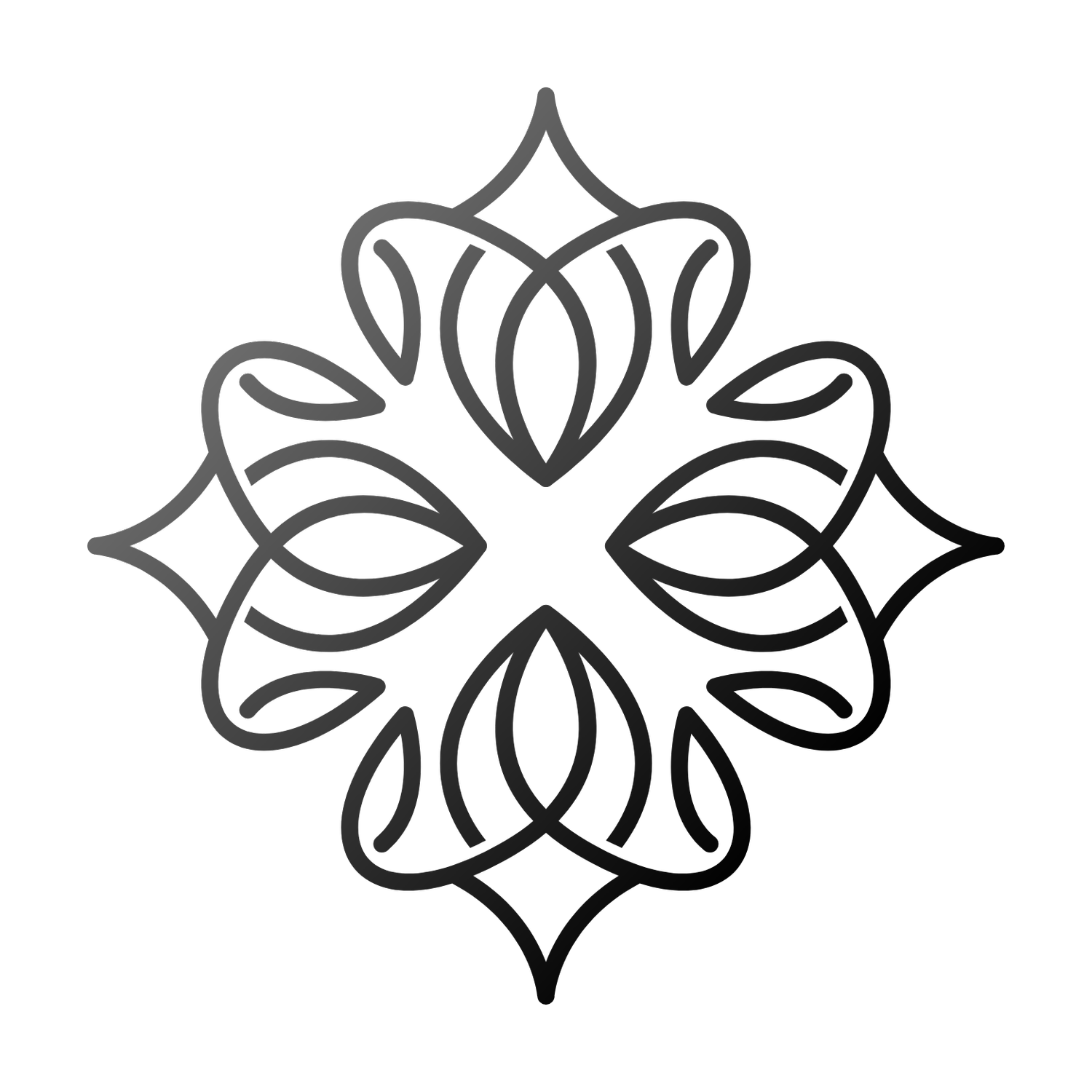Design Choices Affect Retention
Design as a Retention Strategy
Design is a silent but powerful force that shapes user experience, influences engagement, and determines whether users stay or churn. From first impressions to long-term usability, design choices directly impact retention rates making UX/UI an essential business strategy, rather than being an afterthought.
The First 10 Seconds: How UI Influences User Retention
Users form an opinion about a website or app within 0.05 seconds. If the design isn’t clear, engaging, or intuitive, they leave.
Key Design Factors That Influence First Impressions:
↳ Visual Hierarchy & Clarity – Clear, scannable layouts keep users engaged.
↳ Loading Speed – 53% of users abandon a site if it takes longer than 3 seconds to load.
↳ Consistency in Branding – Inconsistent design erodes trust, reducing retention rates.
Example: Airbnb’s homepage redesign improved retention by simplifying search and reducing friction.
Navigation & User Flow: Reducing Friction in UX
A confusing, poorly structured navigation system is a guaranteed way to drive users away. Retention depends on effortless exploration.
↳ Clear, Predictable Navigation – Users should find what they need in three clicks or less.
↳ Minimal Cognitive Load – Simplify choices to avoid overwhelming users.
↳ Search Optimization – Intelligent, auto-suggest search improves discoverability and retention.
Example: Amazon’s one-click purchase flow removes barriers to repeat purchases, increasing retention.
Microinteractions & Personalization: Keeping Users Engaged
Small but meaningful interactions reinforce engagement and increase customer satisfaction over time.
↳ Microinteractions – Subtle animations, loading indicators, and hover effects create a smoother experience.
↳ Personalized Content – AI-driven recommendations keep users engaged longer.
↳ Context-Aware UI – Recognizing user behavior and adapting interfaces increases retention.
Example: Netflix’s personalized recommendations reduce churn by keeping users watching longer.
Emotional Design: How Aesthetics Affect Loyalty
Users form emotional connections. A well-crafted design feels intuitive, invisible, and trustworthy.
Emotional Triggers That Impact Retention:
↳ Trust & Security Cues – Clean design, secure payment flows, and social proof build trust.
↳ Delight & Surprise – Playful animations, gamification, and rewarding experiences keep users engaged.
↳ Familiarity & Habit-Forming UI – Creating an intuitive experience reinforces long-term use.
Example: Duolingo’s gamified learning experience boosts retention through rewards and streaks.
Accessibility & Inclusivity: Expanding Your Retention Pool
Accessible design expands your user base and improves retention.
↳ Text Contrast & Readability – High contrast and font scaling improve readability.
↳ Keyboard & Voice Navigation – Ensures usability for all users, including those with disabilities.
↳ Localization & Language Support – Adapting UI for different languages increases engagement globally.
Example: Microsoft’s Inclusive Design framework improved engagement among users with disabilities.
Speed, Performance, and the Impact on Retention
Users expect speed, and slow performance is one of the leading causes of churn.
↳ Optimized Images & Assets – Reducing page weight improves load times.
↳ Lazy Loading & Caching – Ensures seamless experiences, even on slow connections.
↳ Responsive & Adaptive Design – A fast, mobile-friendly experience retains users across devices.
Example: Google found that reducing mobile site load time by one second increased conversions by 27%.
Conclusion: Design is a Business Growth Engine
Retention is keeping users engaged over time. Every design decision, from navigation to microinteractions, shapes whether users stay, return, or leave forever.
The most successful brands understand that great UX = higher retention = long-term revenue growth.
Final Call to Action: Companies must prioritize user-first design to reduce churn and boost customer lifetime value. Every UI decision should simplify, engage, and optimize the experience to drive long-term retention.








